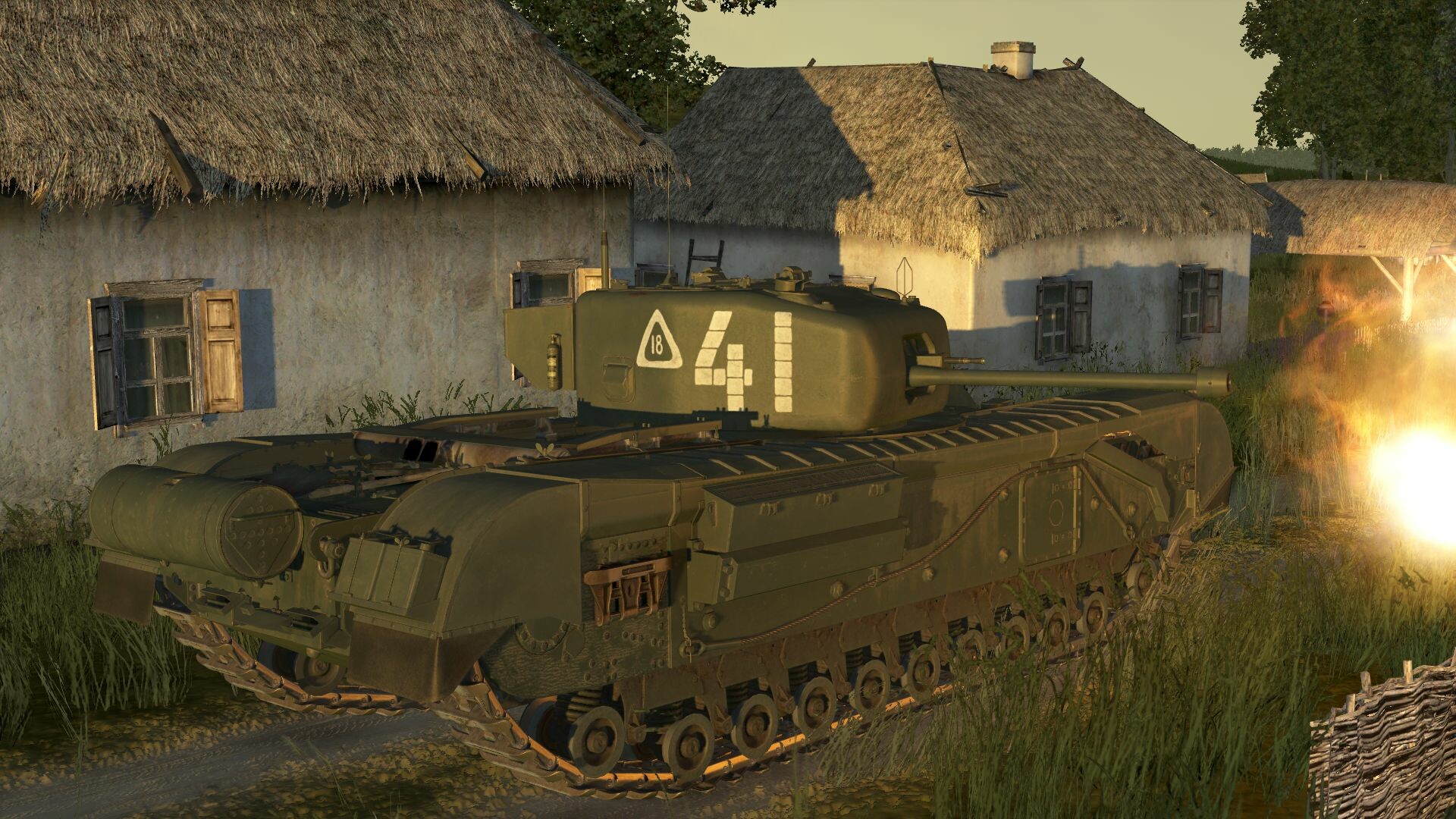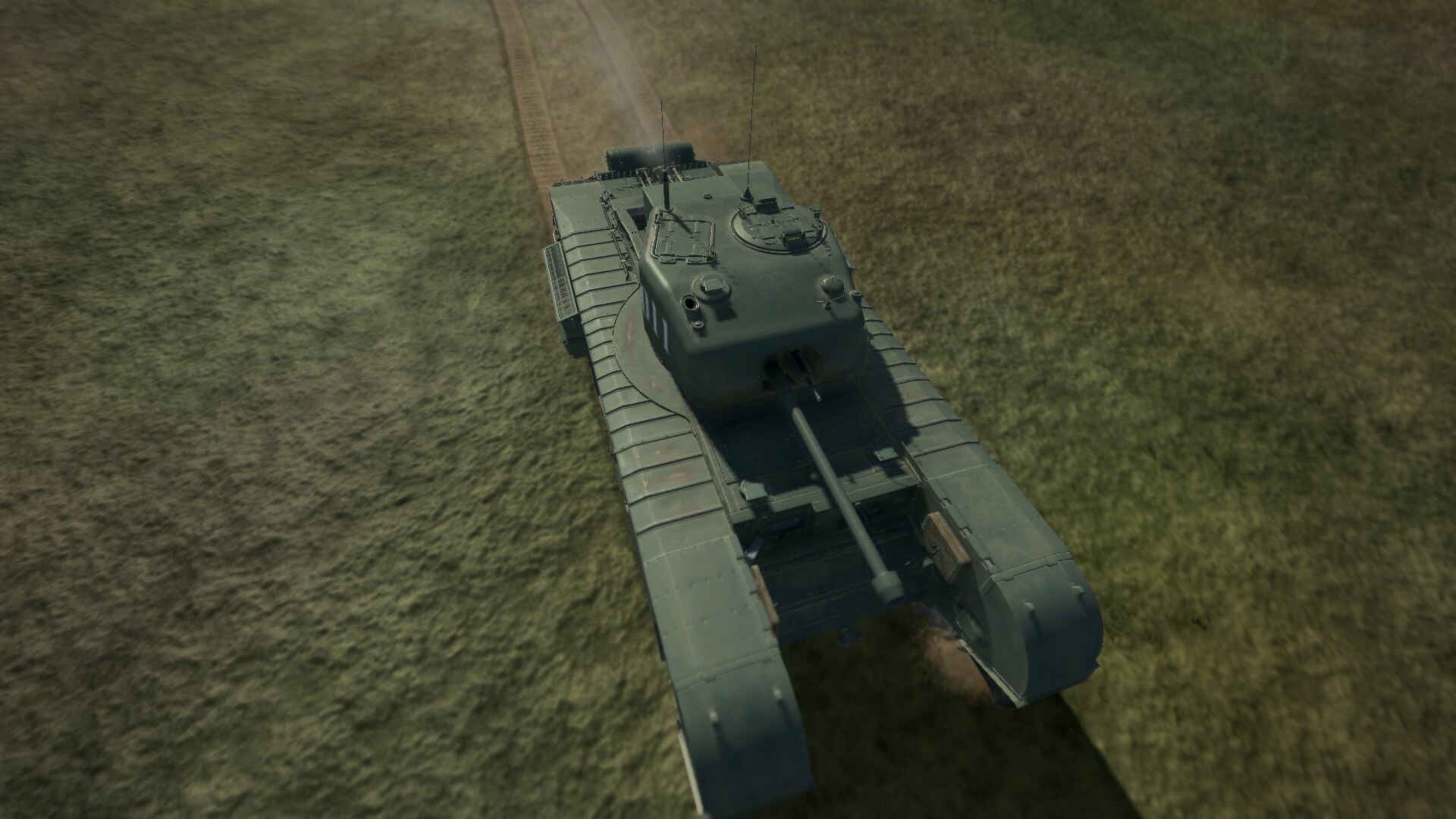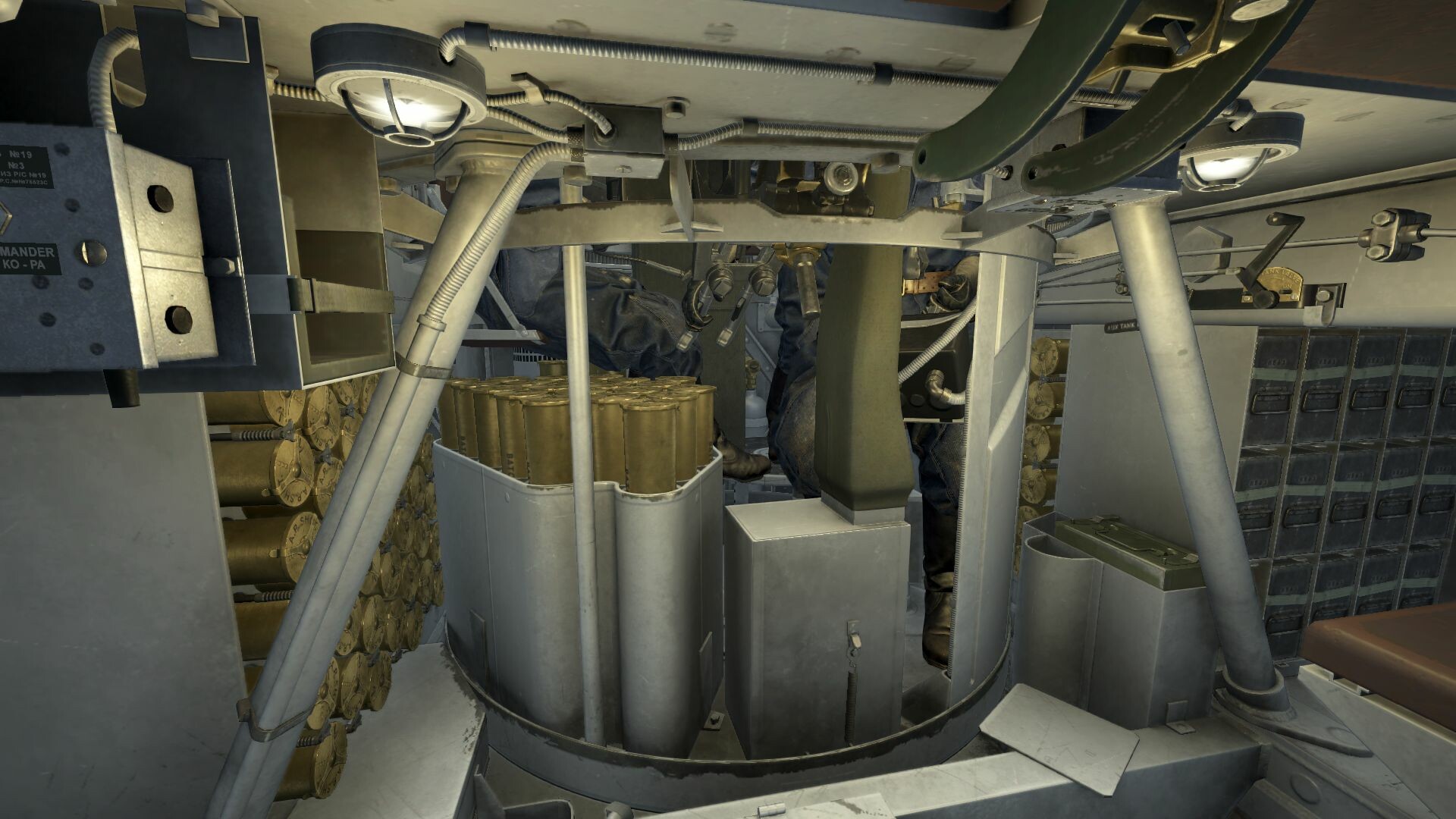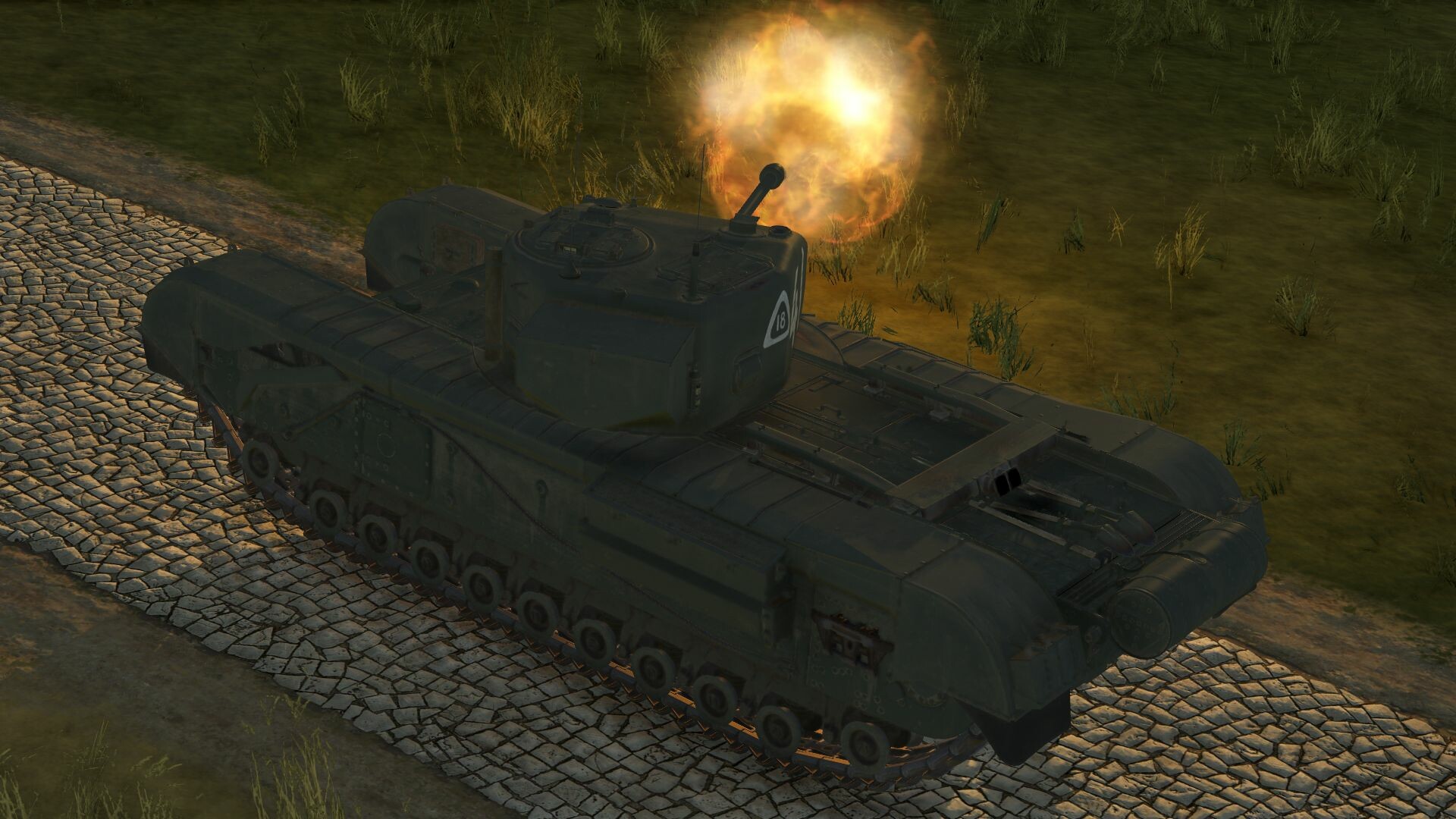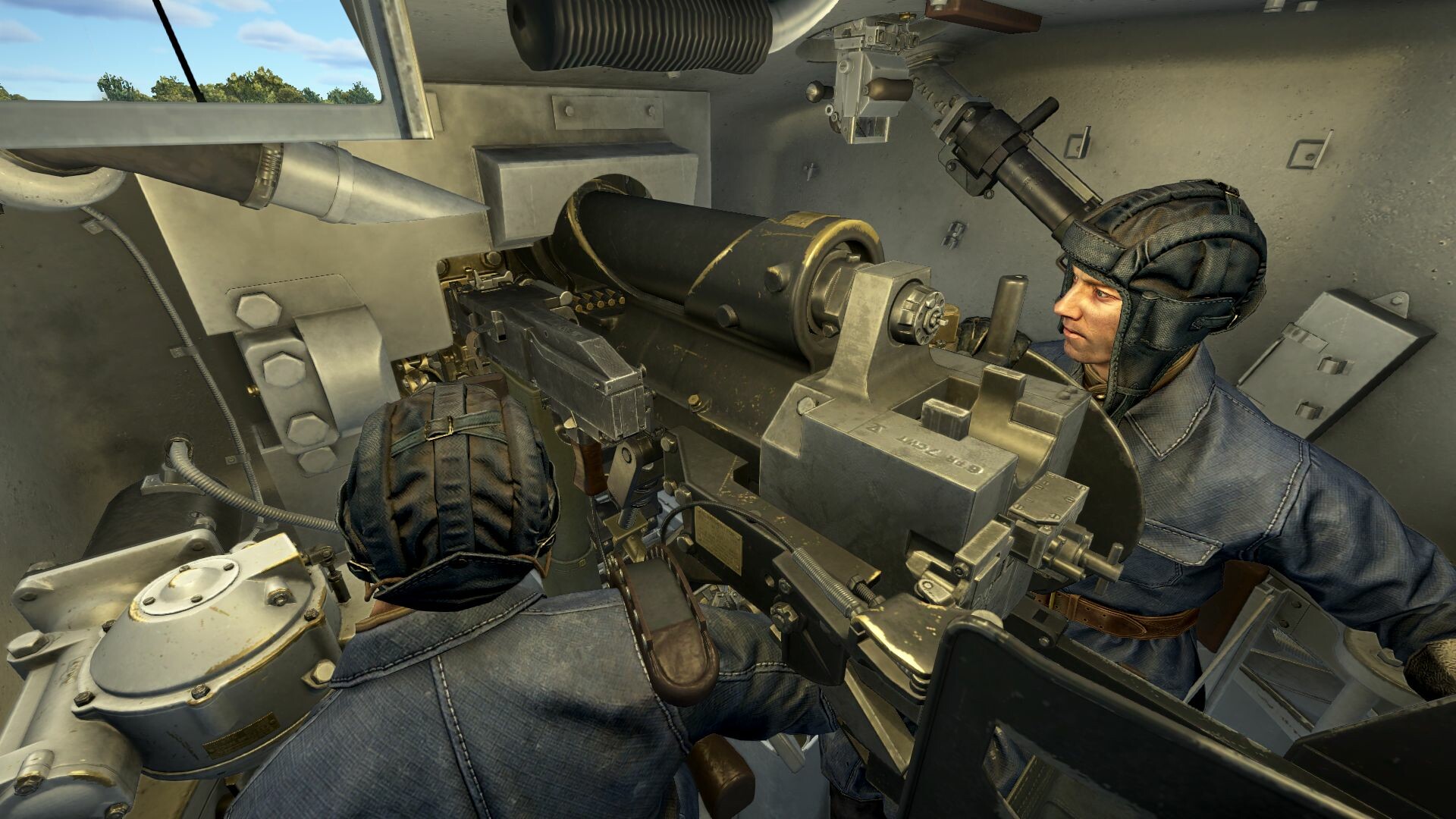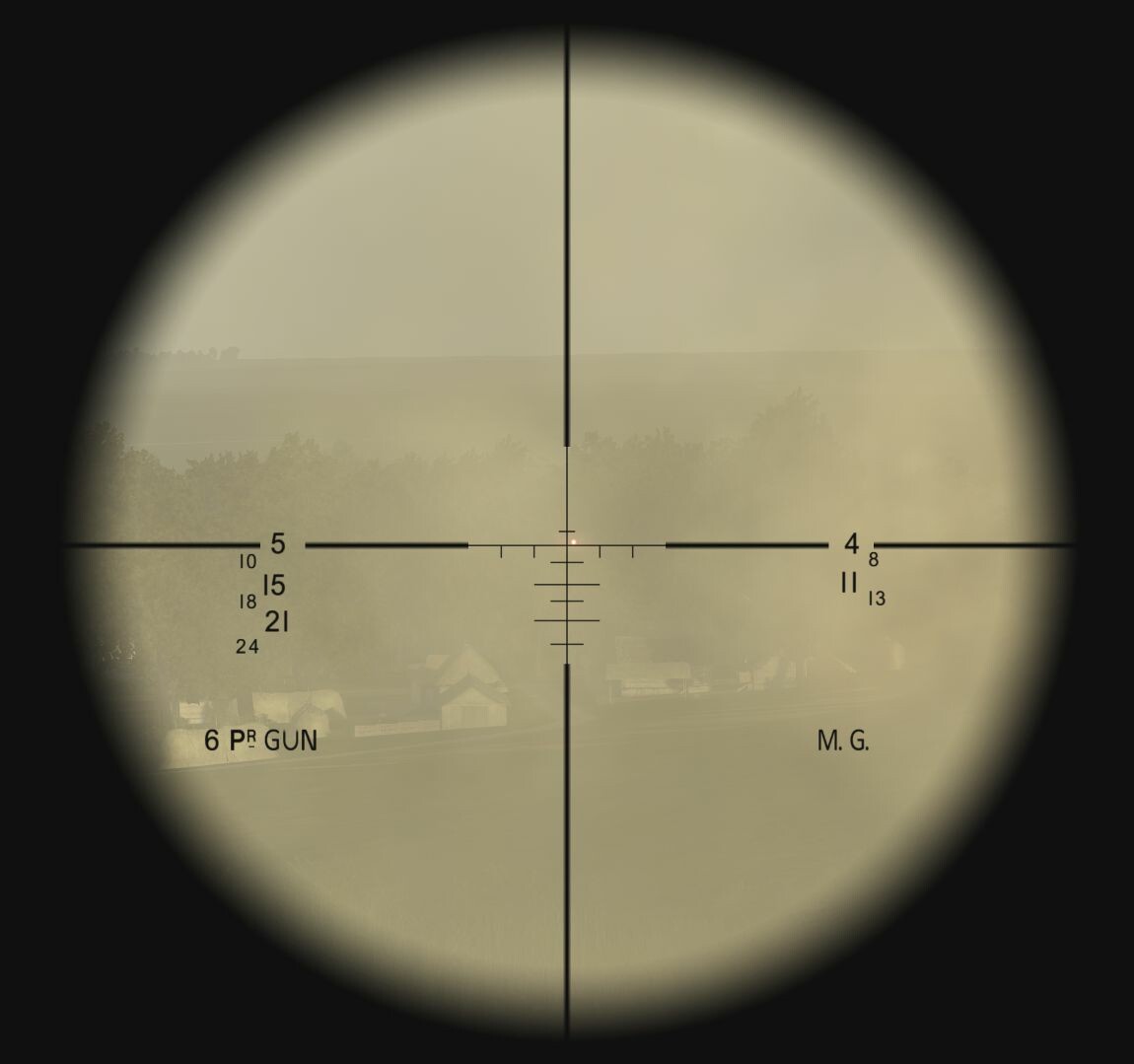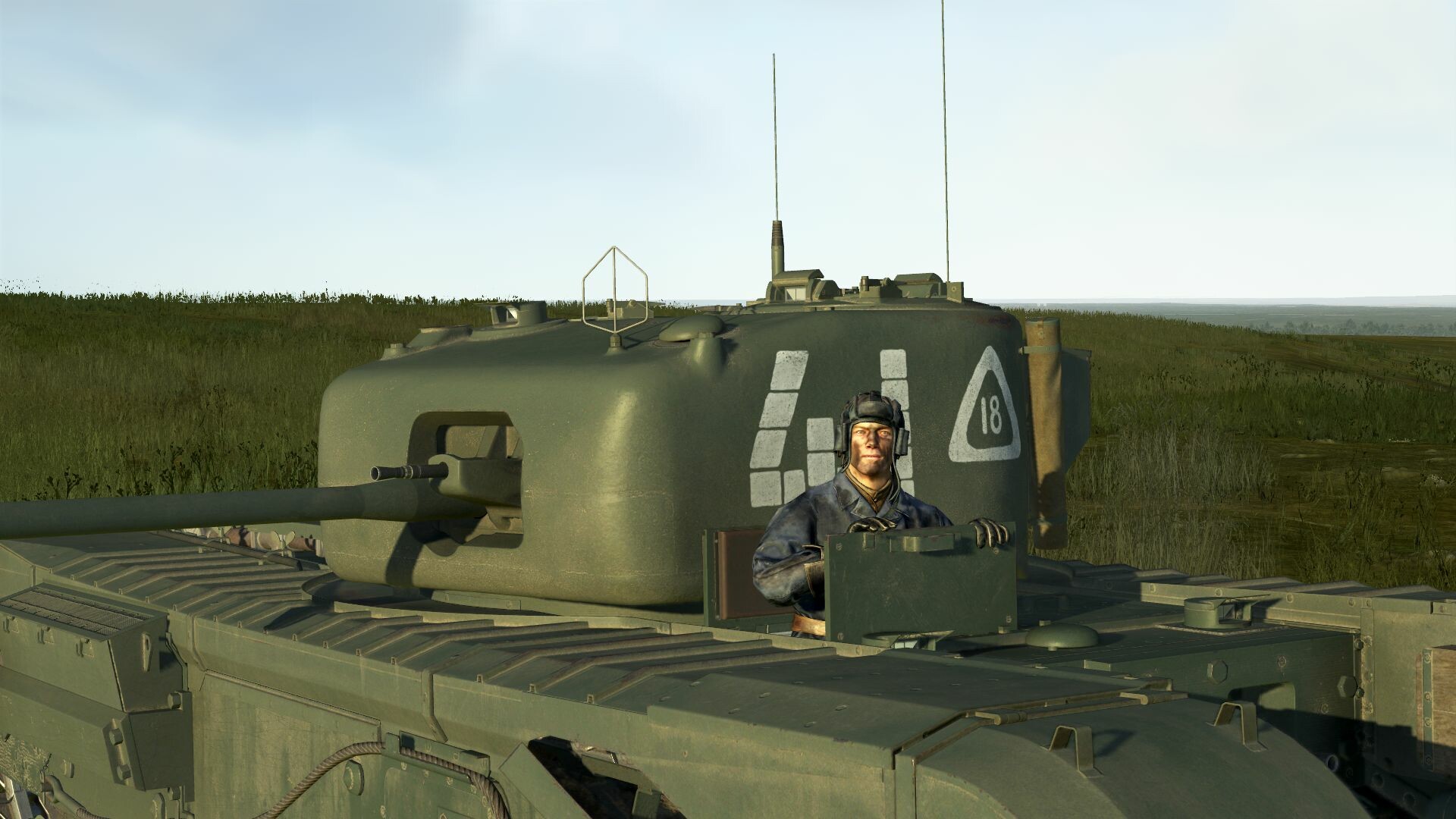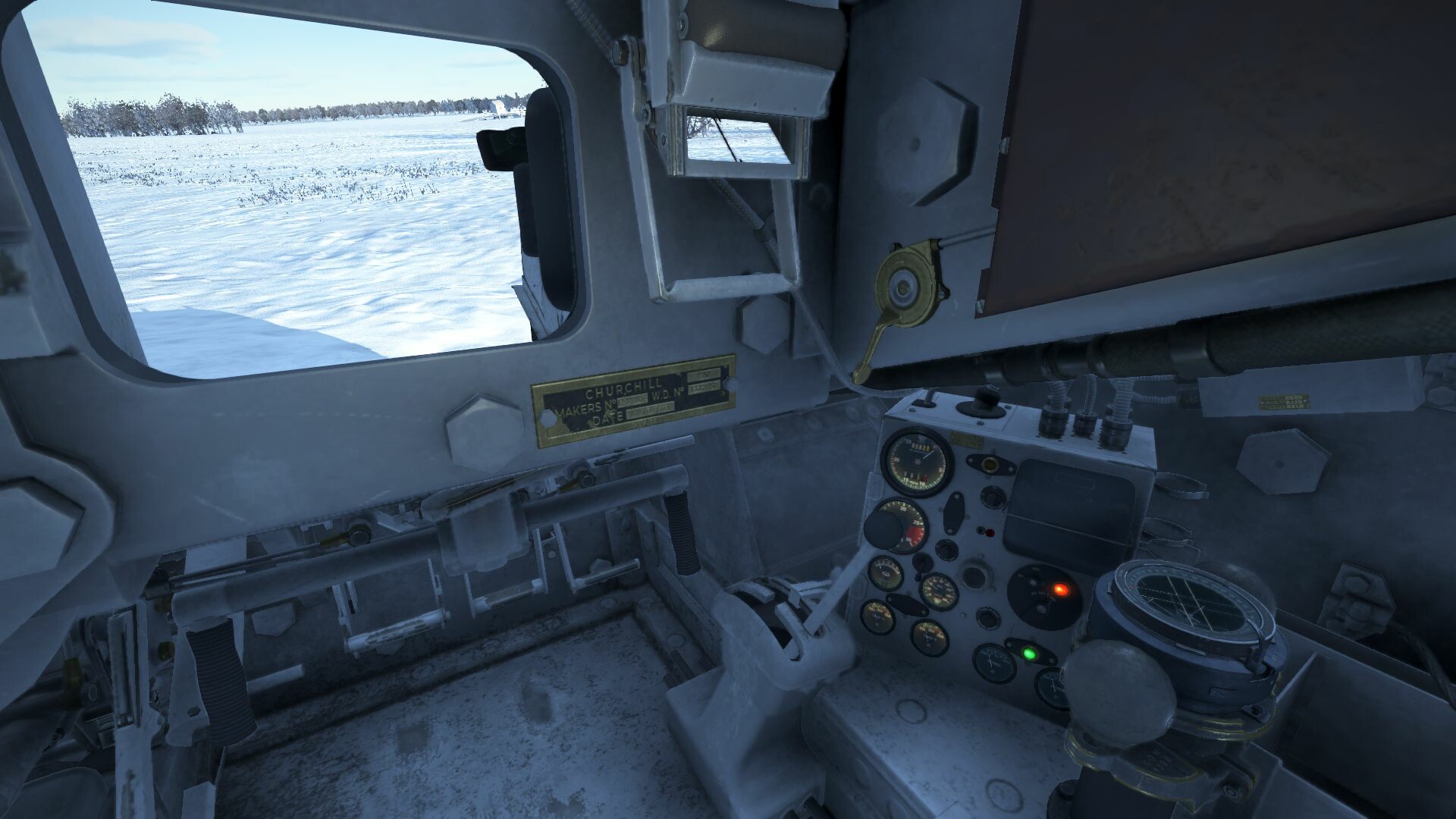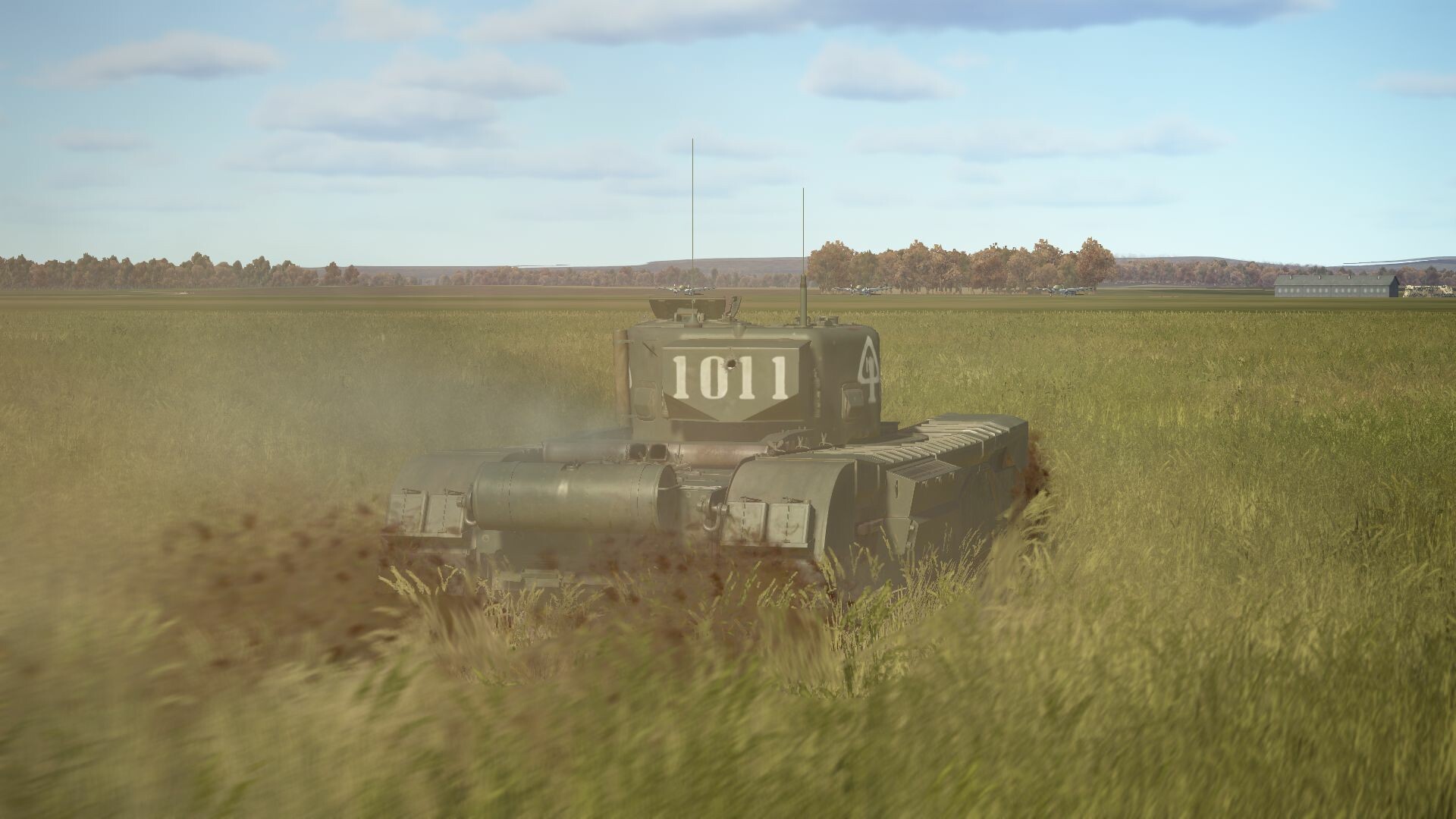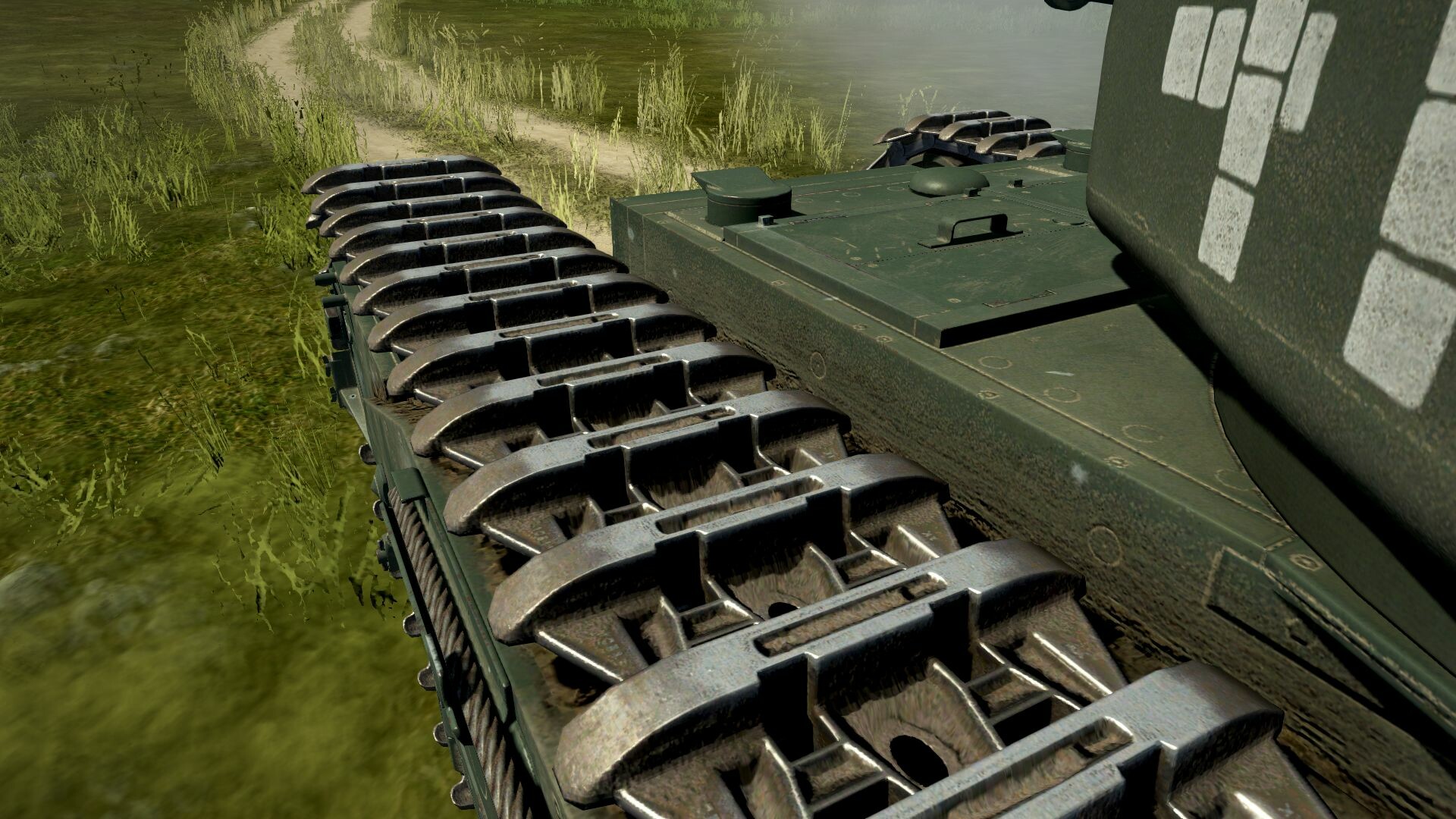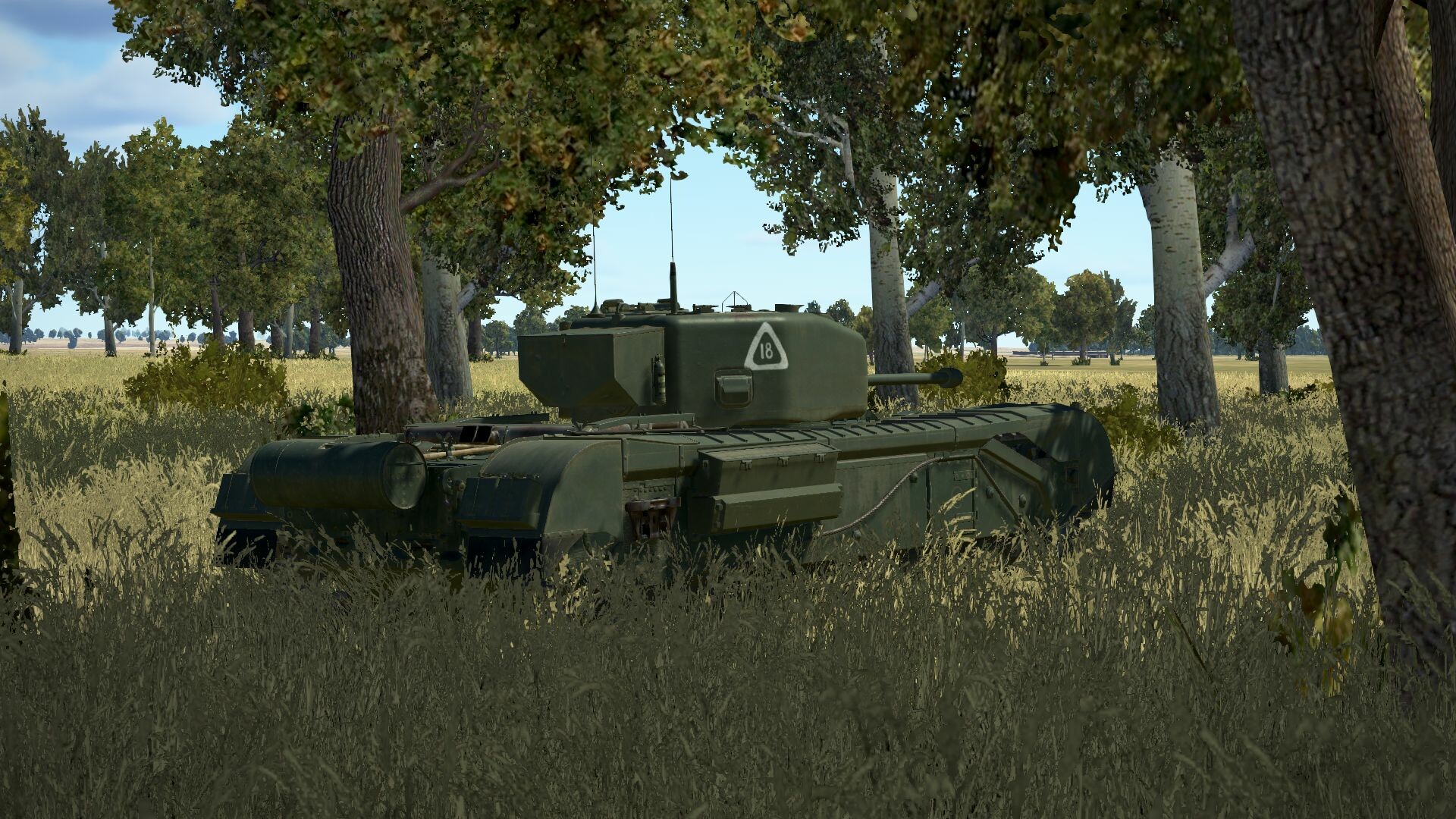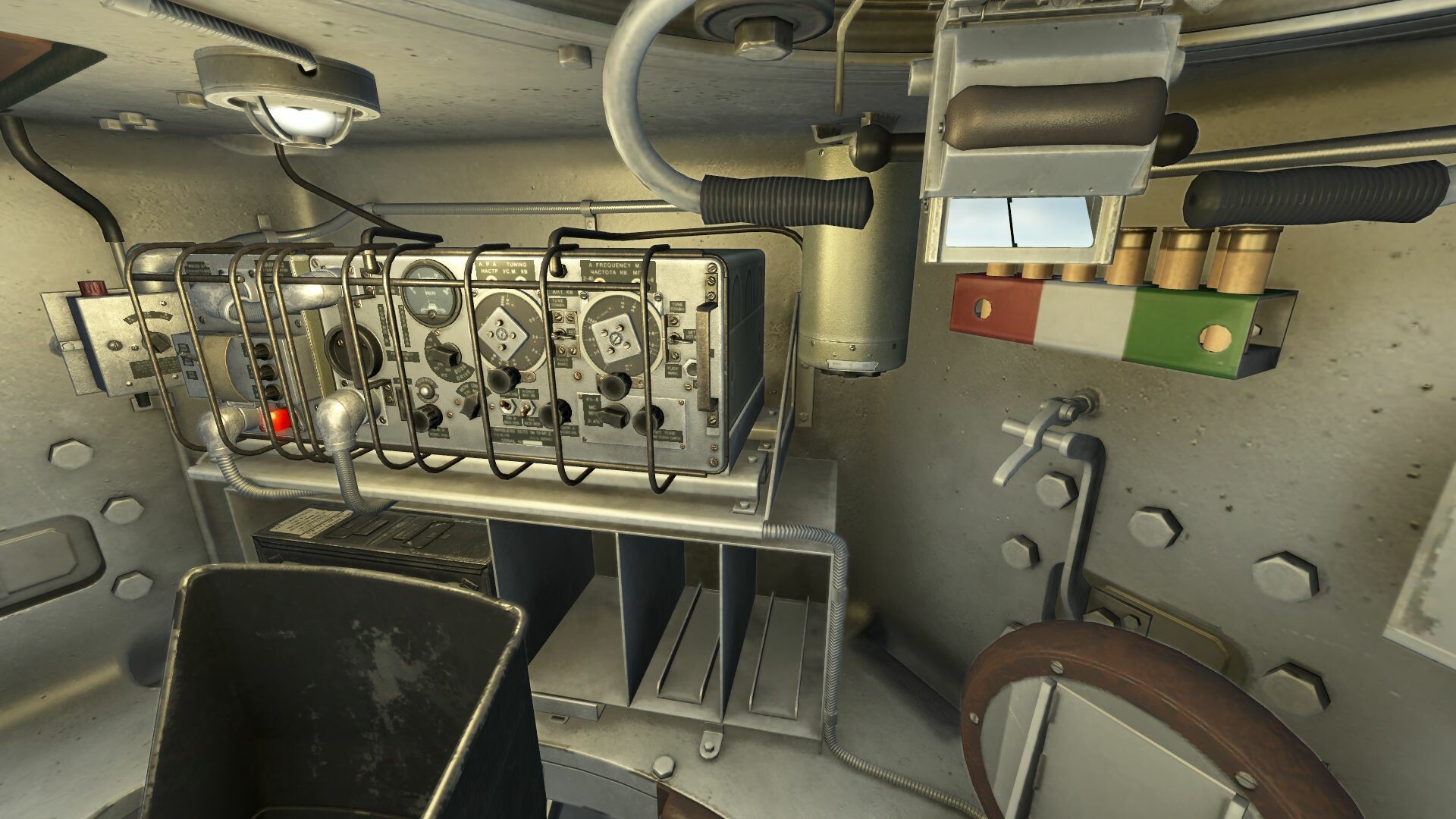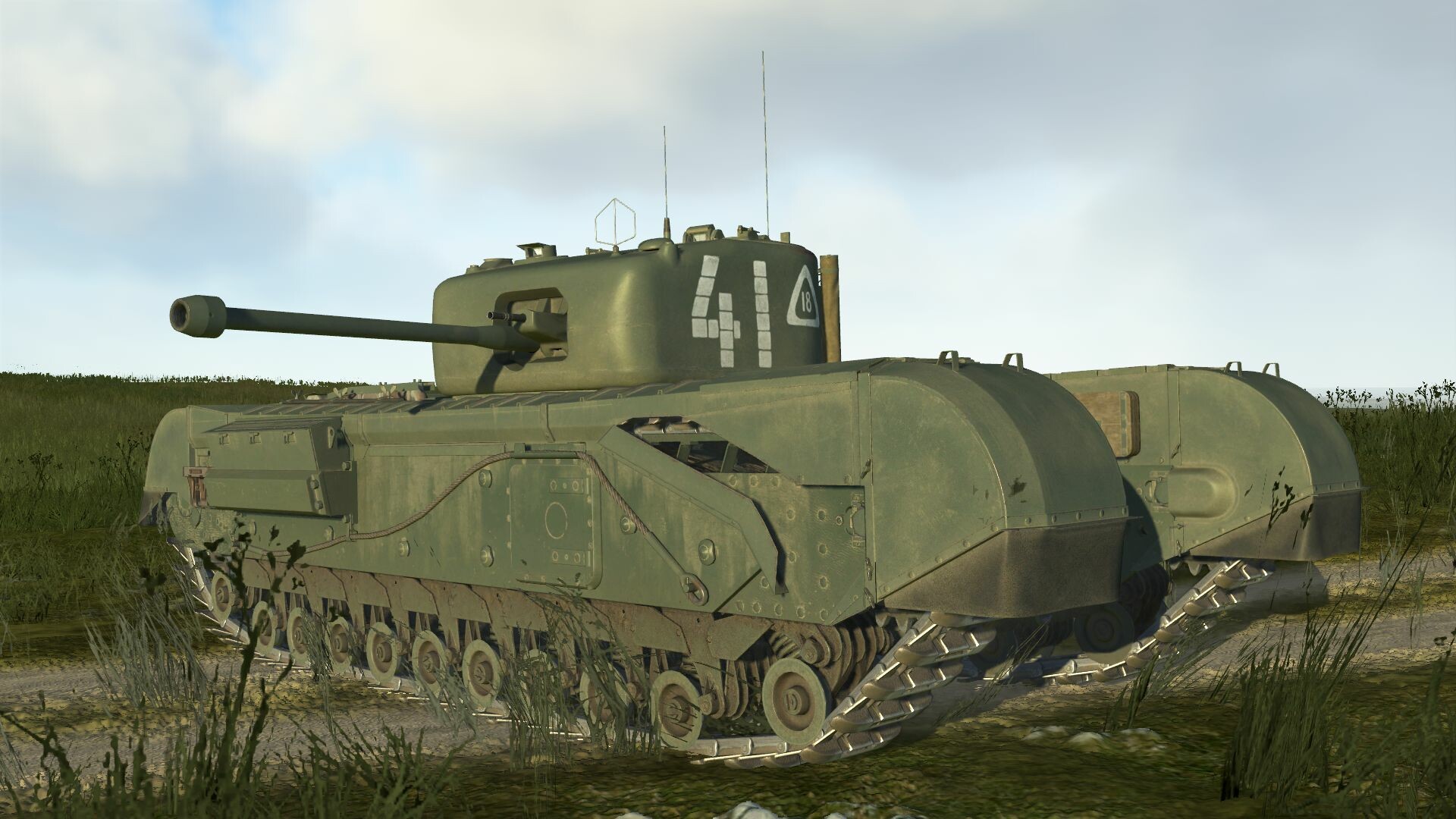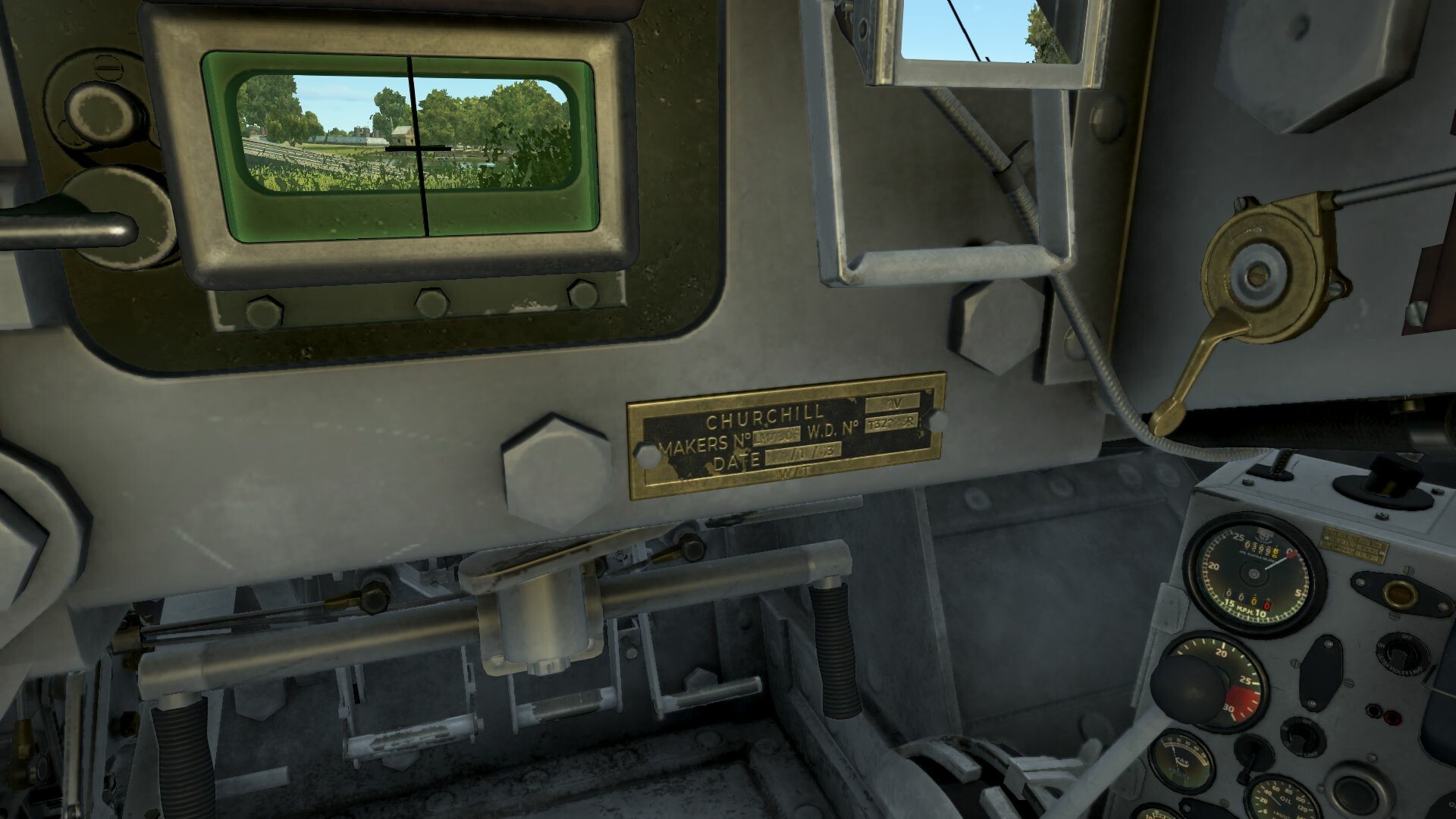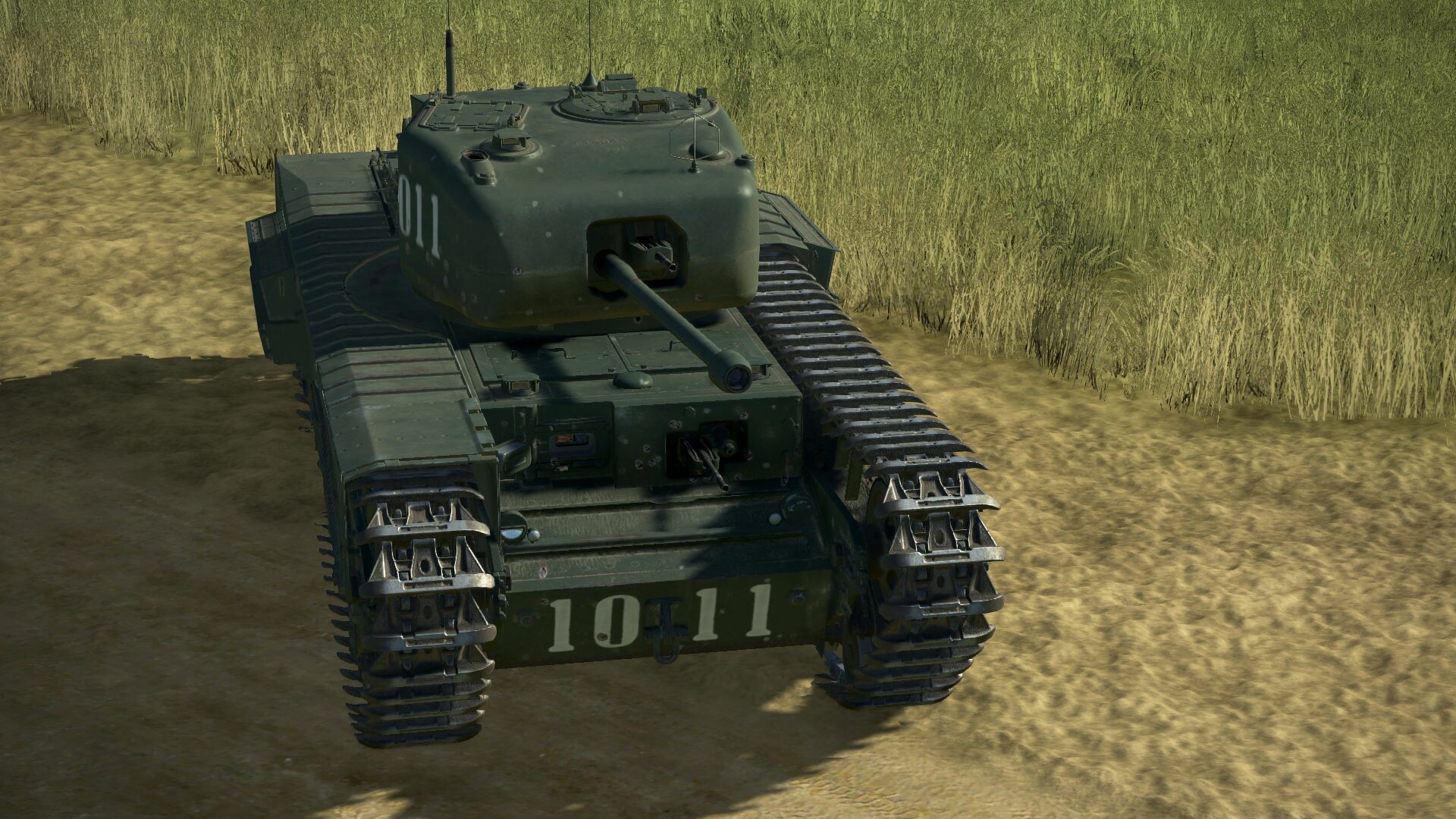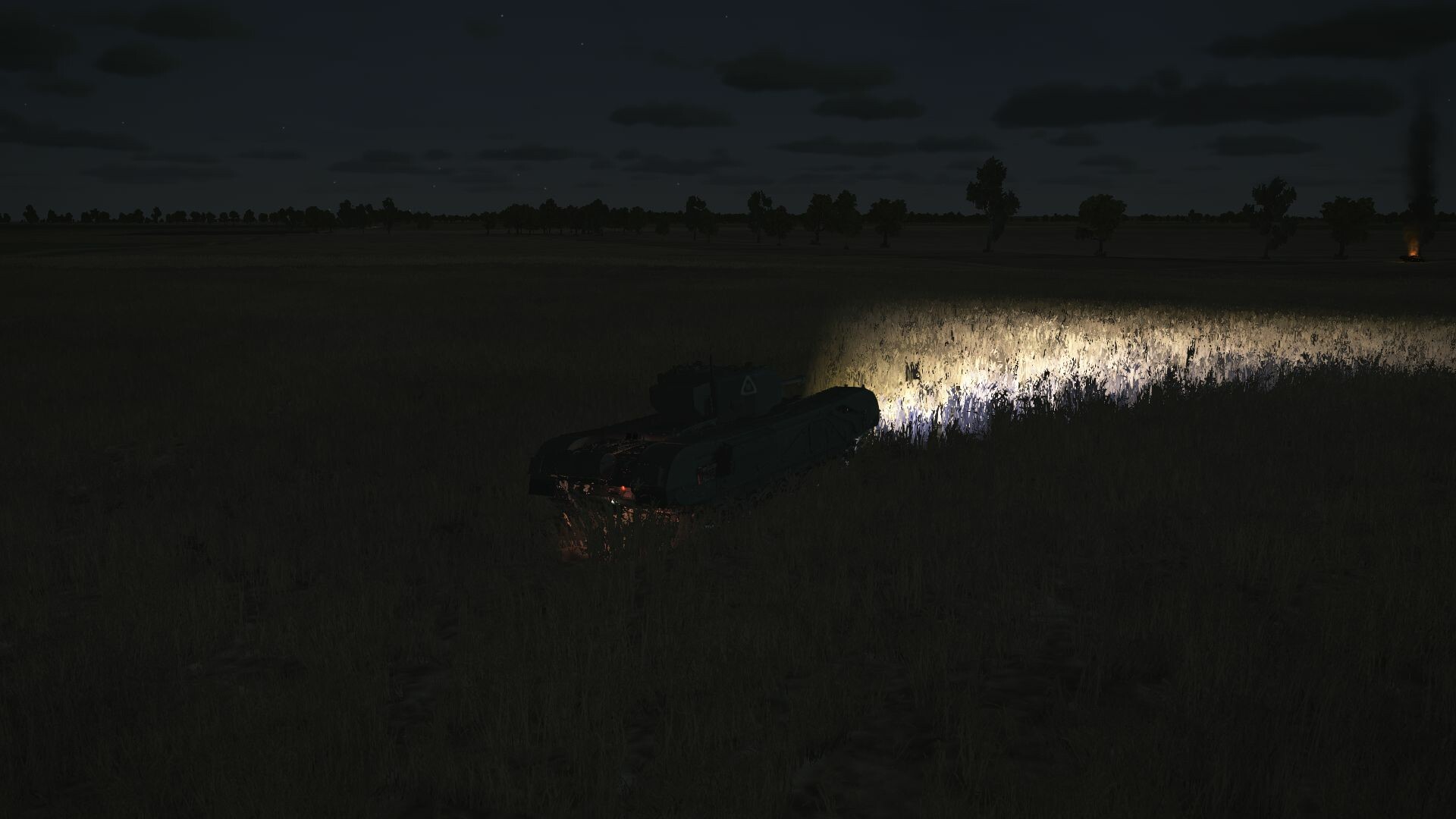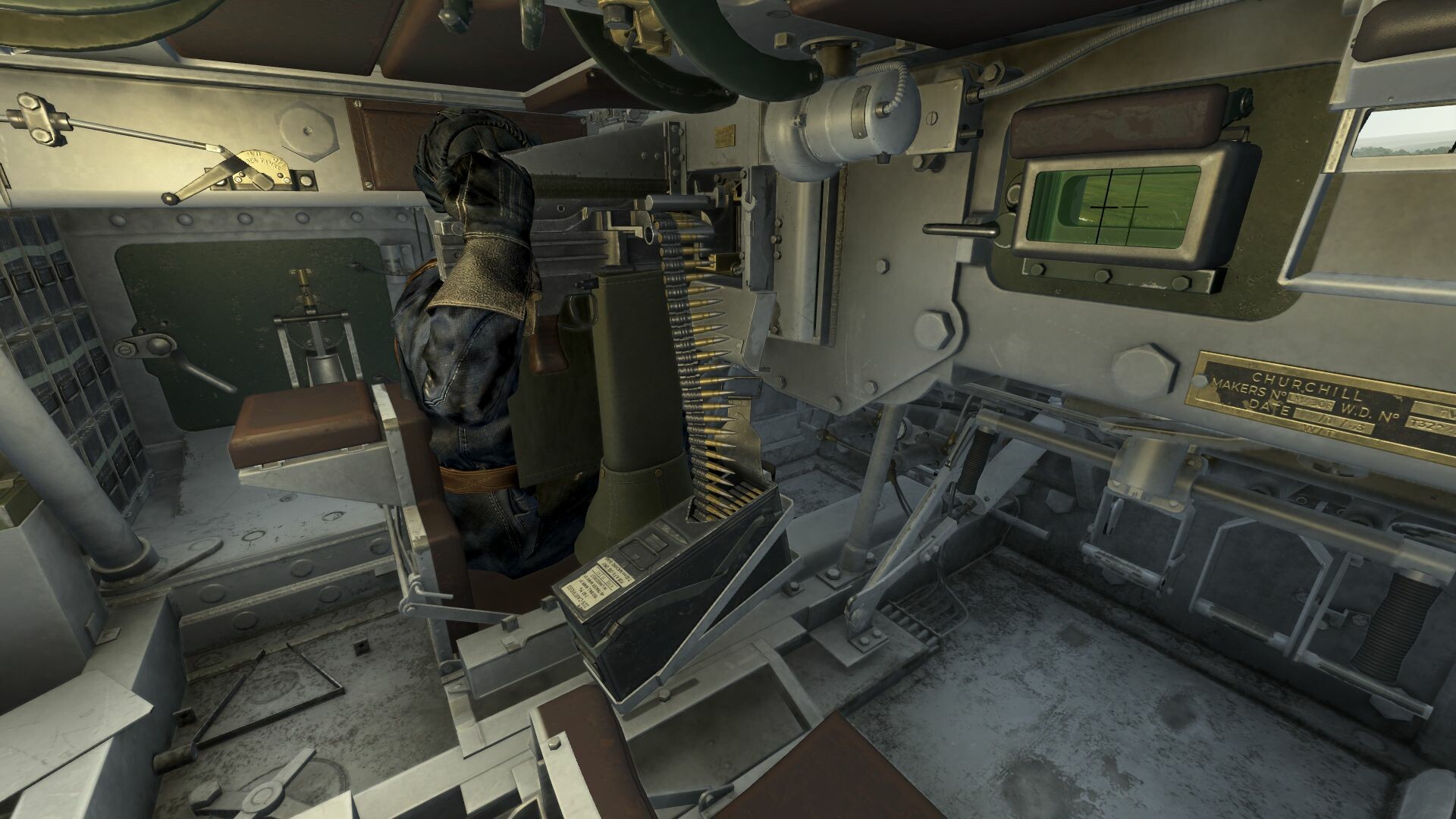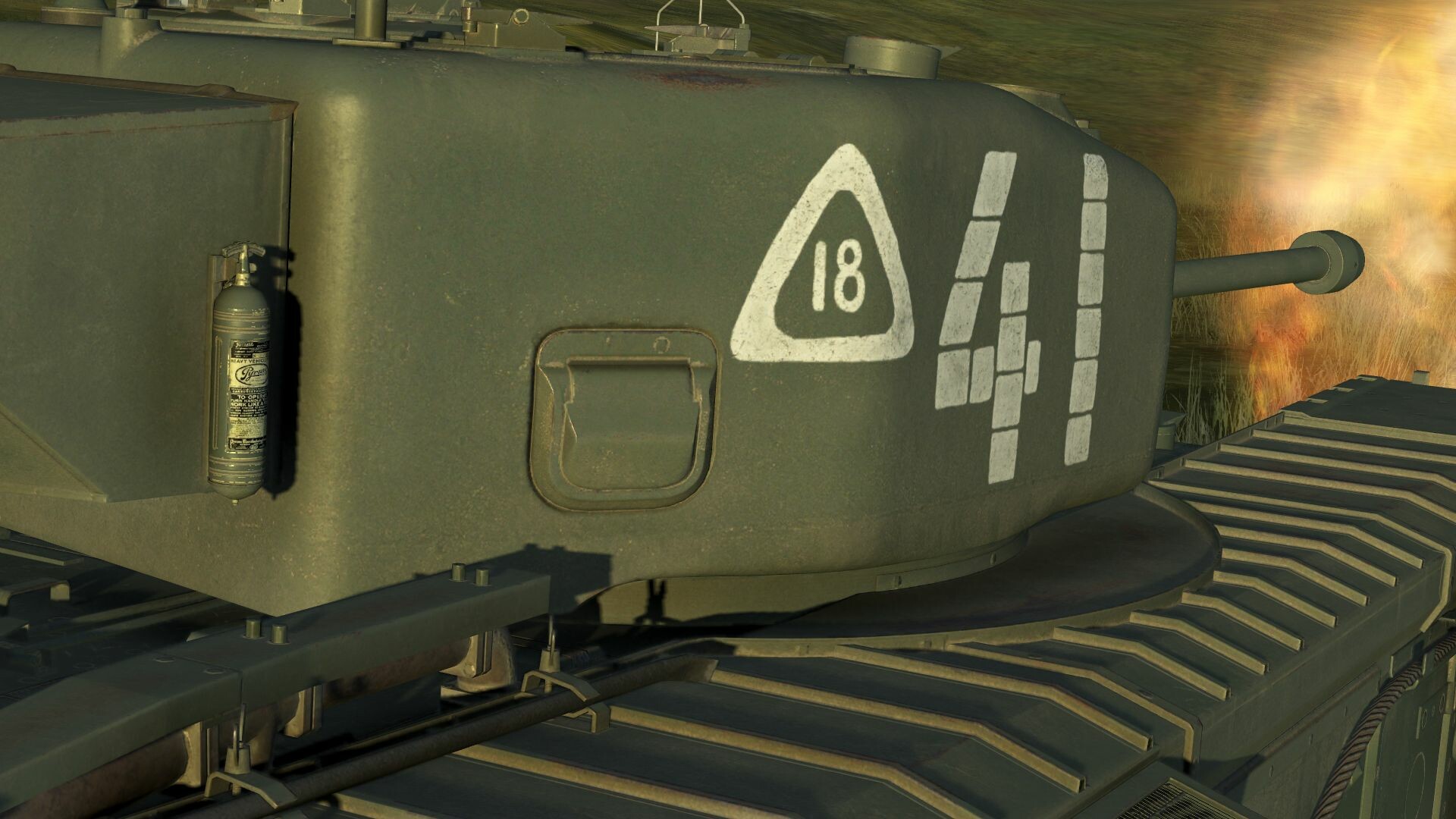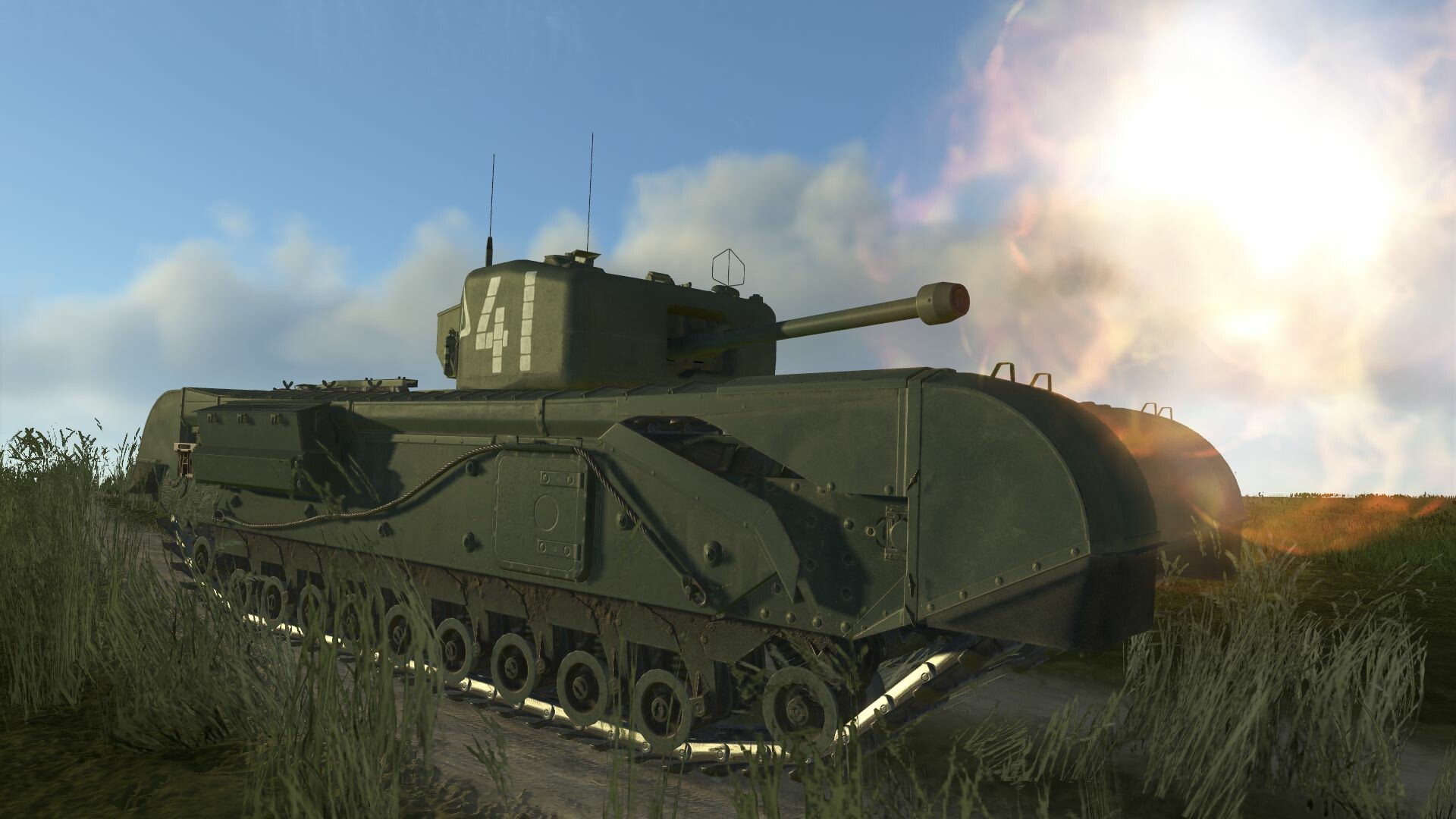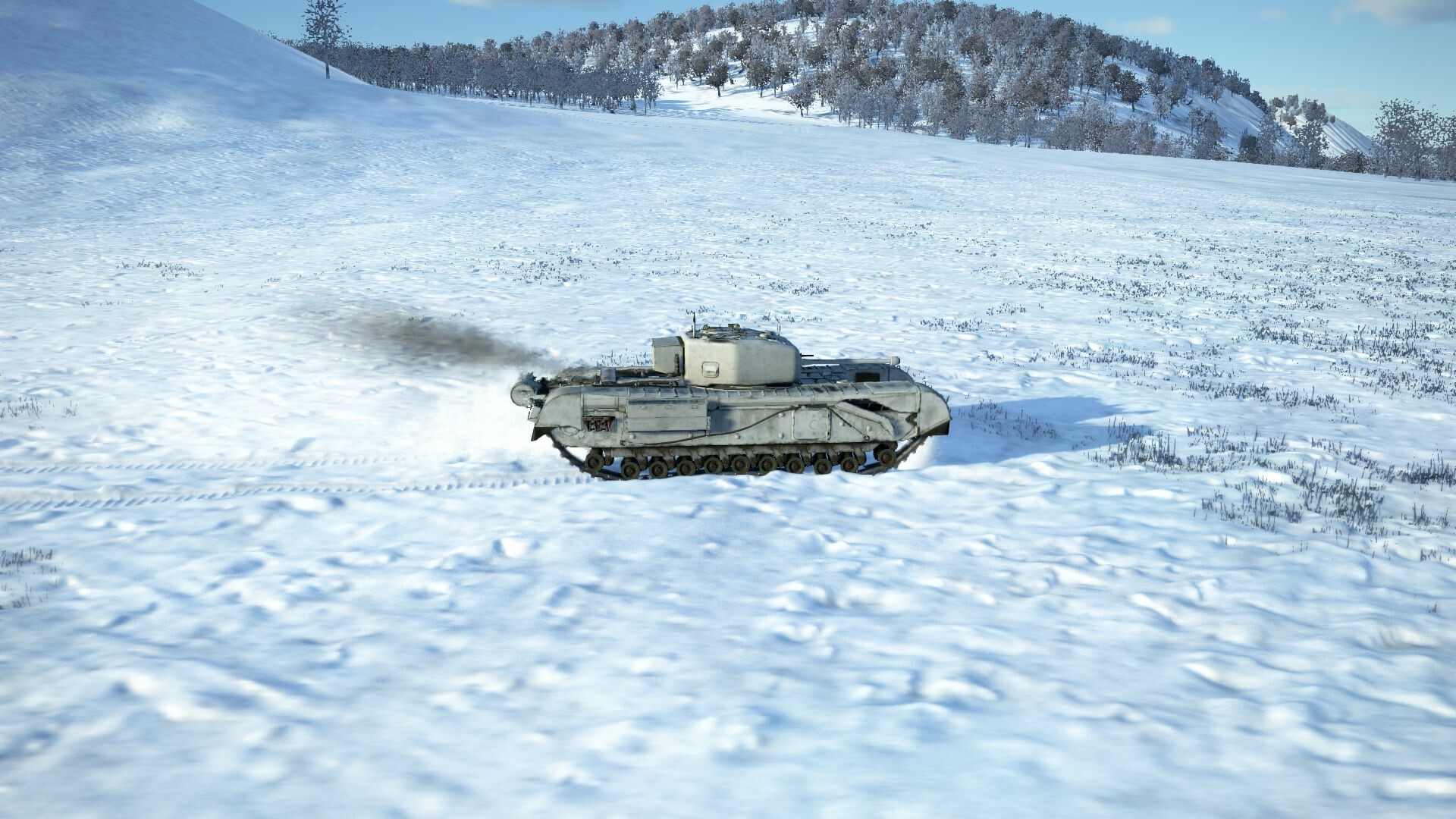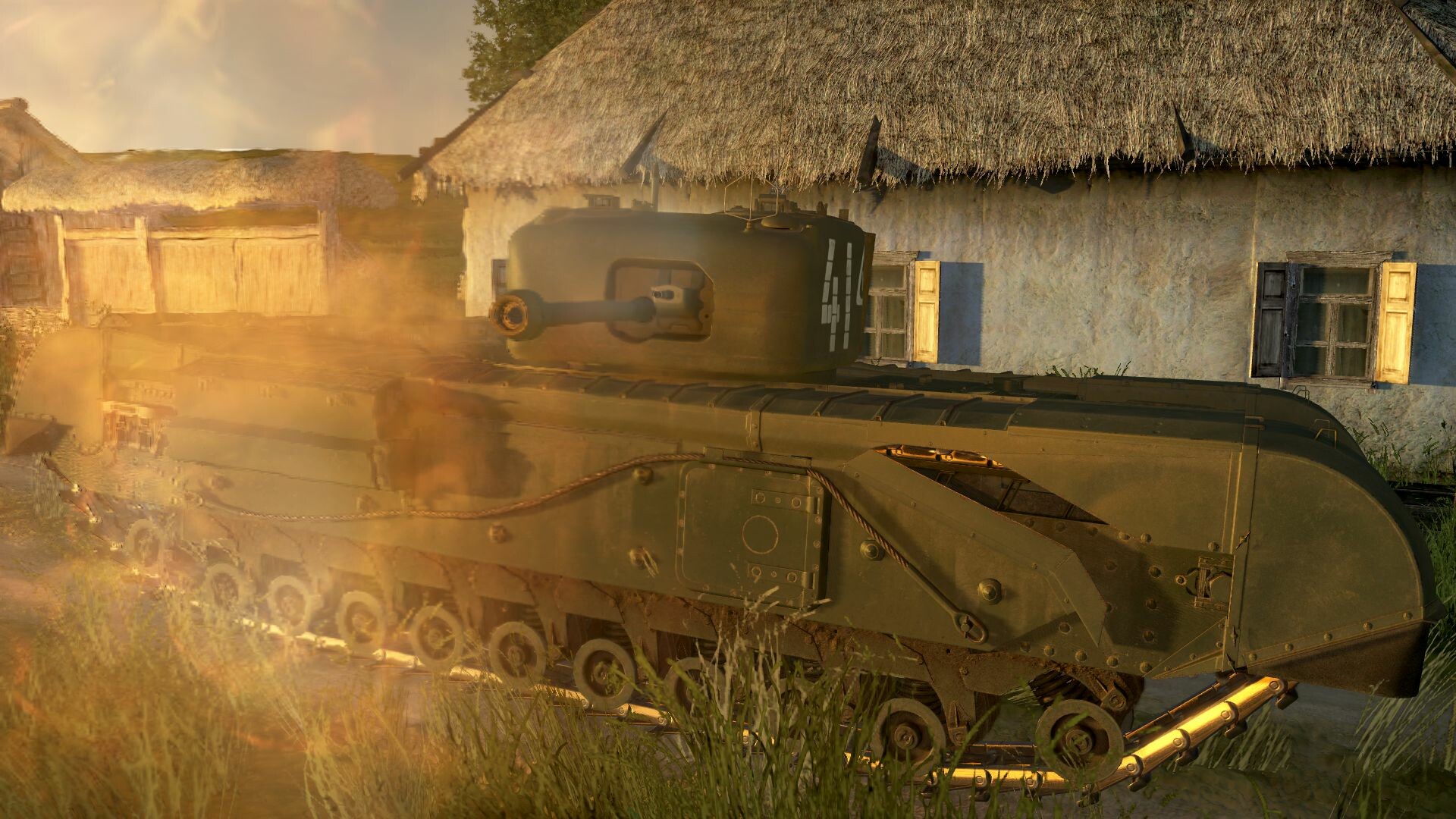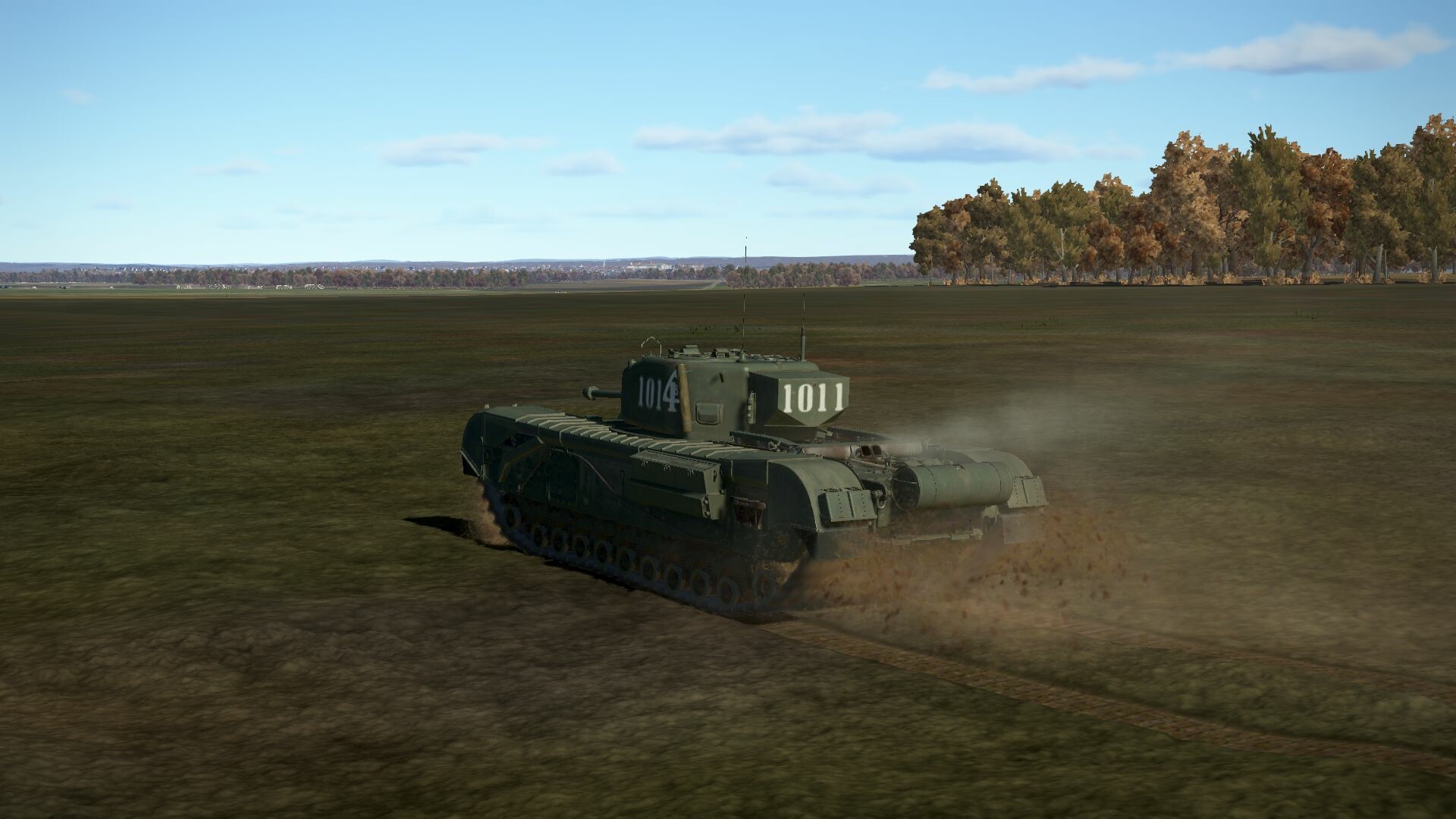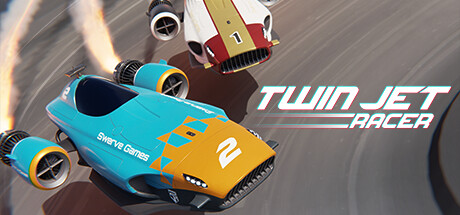게임 정보
The Churchill was a British heavy Infantry Tank that first saw combat during World War II in 1942 and remained in service in the postwar era until 1952. One of the heaviest Allied tanks of the war, the Churchill went into action for the first time during the Dieppe Raid in France in August 1942 and also saw action in North Africa, Italy, and on the Eastern Front. The chassis design proved very versatile and it was used as the basis for many specialized vehicles throughout the war.
The Churchill Mark IV was the most numerous of the series, with 1,622 produced. This variant was virtually identical to the Churchill Mark III, with the main difference being a cheaper and better-protected cast turret. A Bedford 12-cylinder gasoline engine powered the tank and was capable of providing 350 horsepower. The tank’s top speed was around 24 km/h (15 mph), but Soviet tests claimed that a Churchill Mark III reached 28 km/h (17 mph). The main armament of the Churchill Mark IV was the Ordnance Quick-Firing (QF) 6-pounder gun of 57mm caliber. The solid AP round featured a fairly high armor penetration but did not have a bursting charge, reducing its after-penetration effect. Also, the lack of high-explosive fragmentation shells in the ammunition load was limiting its versatility. The secondary armament consisted of one coaxial 7.92 mm Besa machine gun mounted in the turret, second Besa machine gun fitted in the hull and 2-inch mortar in the turret roof. The model featured in the sim is produced by the Leyland factory and has Mk.V gun with a 50-caliber long barrel.
As part of the Lend-Lease program, the Soviet Union was sent 344 Churchill Mark IIs, IIIs and IVs, beginning in 1942, with 91 being lost enroute on the Arctic Convoys (the first batch of early modification Churchill tanks was delivered to the USSR by the infamous Arctic convoy PQ-17). Eventually, these tanks saw action at Leningrad, Stalingrad, Kursk, Prokhorovka, Kharkov and other battles. The Churchill was the only heavy tank model supplied to the USSR by the Allies.
Churchills took part in the battles on the southern face of the Kursk Bulge in the summer of 1943. There, as part of the 2nd Guards Tatsinsky Tank Corps, they fought against the German Totenkopf and Das Reich Panzer Divisions. Alongside, on the same section of the frontline, Churchills served with the 5th Guards Stalingrad Tank Corps and the 18th and 2nd Tank Corps. Each of these Corps included 21 Churchill tanks, a total of 84 tanks - a third of the total number of tanks of this type supplied under Lend-Lease during the War. The assessments of the tank in the Red Army were contradictory: along with good armor, the cannon’s penetrating efficiency, a reliable radio station, and convenient observation devices, there were many problems with reliability, insufficient mobility, and the absence of high-explosive fragmentation shells in the ammunition load.
From a technical point of view, the Churchill’s track assembly was quite peculiar and somewhat reminiscent of the famous British diamond-shaped first tanks of the Great War, with the tracks covering the hull from above. This made it possible to include additional hatches along the sides that made it easier to abandon the vehicle in an emergency. Each of the 11 road wheels on either side of the tank had an individual spring suspension. However, only 6 middle ones of 11 were under load in the normal position. The hull armor was complex, comprising many rolled-steel armor parts assembled on the frame with rivets and bolts. The gun mantlet featured an original internal design with no parts protruding from the turret.
2-inch mortar fixed on the roof of the turret, on the loader’s side, was intended for remote smoke screen deployment with smoke grenades fired at a distance of about 400 meters forward. In the reality of the Eastern Front, the Red Army often used Soviet 50-mm high-explosive fragmentation rounds as ammunition for 2-inch English mortars, so in the sim you have the option to replace some of the smoke ammo with HE rounds. Besides the mortar, the tank was equipped with two pyrotechnic smoke dischargers mounted on the rear that allow the tank to deploy a smoke screen for a minute and a half.
Our Churchill Mark IV represents tanks used in the battle of Kursk, has Soviet crew models and can be used in both single-player and multiplayer scenarios. You can play it in Quick Mission Builder mode on any map you have but the Tank Crew Prokhorovka map is recommended since it is designed for ground engagements and has higher landscape detail than the other maps designed for aerial battles.
Unladen weight: 40500 kg.
Length: 7.6 m.
Width: 3.3 m.
Height: 2.5 m.
Clearance: 484 mm.
Engine: Twin 12-cylinder Bedford "Twin-Six", petrol.
Maximum power: 350 HP at 2200 RPM.
Maximum RPM: 2550 RPM.
4 speed gearbox.
Maximum road speed:
1-st: 2.0 mph (3.3 kph).
2-nd: 5.7 mph (9.1 kph).
3-rd: 10.9 mph (17.5 kph).
4-th: 18.2 mph (29.3 kph).
Reverse: 1.1 mph (1.7 kph).
Maximum offroad speed: 11 mph (18 kph).
Fluids:
Internal fuel tanks capacity: 682 l.
Engine oil system capacity: 25 l.
Summer engine coolant: 100 l. of water
Winter engine coolant: 100 l. of 43% alcohol 15% glycerol
Endurance range: 210 km.
Maximum oil consumption: 1.3 l/h.
Hull armor:
Upper front: 92 mm rolled armor.
Lower front: 83 mm rolled armor.
Sides: 70 mm rolled armor.
Rear: 51 mm rolled armor.
Frontal roof: 19 mm rolled armor.
Rear roof: 16 mm rolled armor.
Frontal bottom: 19 mm rolled armor.
Rear bottom: 16 mm rolled armor.
Turret armor:
Front bulges: 89 mm cast armor.
Front center: 114 mm cast armor.
Sides: 76 mm cast armor.
Rear: 76 mm cast armor.
Roof: 35 mm cast armor.
Cupola: 19 mm cast armor.
Gun mantlet: 89 mm cast armor.
Main gun: rifled, 57 mm 6-pounder 7 cwt MkV.
Barrel length: 50.
Elevation: +20°..-11°.
Ammo: up to 81 rounds.
Usable rate of fire: 12 rounds per minute.
Turret drive: electric, 26 seconds per rotation.
Ammunition:
6pdr APT armor piercing solid (AP): 2.8 kg, 890 m/s, 104 mm at 500 m.
Coaxial and bow MGs: 7.92 mm BESA.
Bullet mass: 11.5 g.
Muzzle velocity: 823 m/s.
Armour pentration at 100 m: 10 mm.
Rate of fire: 850 rounds per minute.
Coaxial: 20 belts, 225 rounds per belt (4500 rounds).
Bow: +-17°/+16°..-8°, 15 belts, 225 rounds per belt (3375 rounds).
Gunsights:
No.39 Mk IV gunner telescopic sight, field of view 13°.
No.39 Mk IIs machinegunner telescopic sight, field of view 21°.
Radio equipment:
Wireless Set No. 19. HF/VHF transceiver.
5 intercom terminals.
The Churchill Mark IV was the most numerous of the series, with 1,622 produced. This variant was virtually identical to the Churchill Mark III, with the main difference being a cheaper and better-protected cast turret. A Bedford 12-cylinder gasoline engine powered the tank and was capable of providing 350 horsepower. The tank’s top speed was around 24 km/h (15 mph), but Soviet tests claimed that a Churchill Mark III reached 28 km/h (17 mph). The main armament of the Churchill Mark IV was the Ordnance Quick-Firing (QF) 6-pounder gun of 57mm caliber. The solid AP round featured a fairly high armor penetration but did not have a bursting charge, reducing its after-penetration effect. Also, the lack of high-explosive fragmentation shells in the ammunition load was limiting its versatility. The secondary armament consisted of one coaxial 7.92 mm Besa machine gun mounted in the turret, second Besa machine gun fitted in the hull and 2-inch mortar in the turret roof. The model featured in the sim is produced by the Leyland factory and has Mk.V gun with a 50-caliber long barrel.
As part of the Lend-Lease program, the Soviet Union was sent 344 Churchill Mark IIs, IIIs and IVs, beginning in 1942, with 91 being lost enroute on the Arctic Convoys (the first batch of early modification Churchill tanks was delivered to the USSR by the infamous Arctic convoy PQ-17). Eventually, these tanks saw action at Leningrad, Stalingrad, Kursk, Prokhorovka, Kharkov and other battles. The Churchill was the only heavy tank model supplied to the USSR by the Allies.
Churchills took part in the battles on the southern face of the Kursk Bulge in the summer of 1943. There, as part of the 2nd Guards Tatsinsky Tank Corps, they fought against the German Totenkopf and Das Reich Panzer Divisions. Alongside, on the same section of the frontline, Churchills served with the 5th Guards Stalingrad Tank Corps and the 18th and 2nd Tank Corps. Each of these Corps included 21 Churchill tanks, a total of 84 tanks - a third of the total number of tanks of this type supplied under Lend-Lease during the War. The assessments of the tank in the Red Army were contradictory: along with good armor, the cannon’s penetrating efficiency, a reliable radio station, and convenient observation devices, there were many problems with reliability, insufficient mobility, and the absence of high-explosive fragmentation shells in the ammunition load.
From a technical point of view, the Churchill’s track assembly was quite peculiar and somewhat reminiscent of the famous British diamond-shaped first tanks of the Great War, with the tracks covering the hull from above. This made it possible to include additional hatches along the sides that made it easier to abandon the vehicle in an emergency. Each of the 11 road wheels on either side of the tank had an individual spring suspension. However, only 6 middle ones of 11 were under load in the normal position. The hull armor was complex, comprising many rolled-steel armor parts assembled on the frame with rivets and bolts. The gun mantlet featured an original internal design with no parts protruding from the turret.
2-inch mortar fixed on the roof of the turret, on the loader’s side, was intended for remote smoke screen deployment with smoke grenades fired at a distance of about 400 meters forward. In the reality of the Eastern Front, the Red Army often used Soviet 50-mm high-explosive fragmentation rounds as ammunition for 2-inch English mortars, so in the sim you have the option to replace some of the smoke ammo with HE rounds. Besides the mortar, the tank was equipped with two pyrotechnic smoke dischargers mounted on the rear that allow the tank to deploy a smoke screen for a minute and a half.
Our Churchill Mark IV represents tanks used in the battle of Kursk, has Soviet crew models and can be used in both single-player and multiplayer scenarios. You can play it in Quick Mission Builder mode on any map you have but the Tank Crew Prokhorovka map is recommended since it is designed for ground engagements and has higher landscape detail than the other maps designed for aerial battles.
Unladen weight: 40500 kg.
Length: 7.6 m.
Width: 3.3 m.
Height: 2.5 m.
Clearance: 484 mm.
Engine: Twin 12-cylinder Bedford "Twin-Six", petrol.
Maximum power: 350 HP at 2200 RPM.
Maximum RPM: 2550 RPM.
4 speed gearbox.
Maximum road speed:
1-st: 2.0 mph (3.3 kph).
2-nd: 5.7 mph (9.1 kph).
3-rd: 10.9 mph (17.5 kph).
4-th: 18.2 mph (29.3 kph).
Reverse: 1.1 mph (1.7 kph).
Maximum offroad speed: 11 mph (18 kph).
Fluids:
Internal fuel tanks capacity: 682 l.
Engine oil system capacity: 25 l.
Summer engine coolant: 100 l. of water
Winter engine coolant: 100 l. of 43% alcohol 15% glycerol
Endurance range: 210 km.
Maximum oil consumption: 1.3 l/h.
Hull armor:
Upper front: 92 mm rolled armor.
Lower front: 83 mm rolled armor.
Sides: 70 mm rolled armor.
Rear: 51 mm rolled armor.
Frontal roof: 19 mm rolled armor.
Rear roof: 16 mm rolled armor.
Frontal bottom: 19 mm rolled armor.
Rear bottom: 16 mm rolled armor.
Turret armor:
Front bulges: 89 mm cast armor.
Front center: 114 mm cast armor.
Sides: 76 mm cast armor.
Rear: 76 mm cast armor.
Roof: 35 mm cast armor.
Cupola: 19 mm cast armor.
Gun mantlet: 89 mm cast armor.
Main gun: rifled, 57 mm 6-pounder 7 cwt MkV.
Barrel length: 50.
Elevation: +20°..-11°.
Ammo: up to 81 rounds.
Usable rate of fire: 12 rounds per minute.
Turret drive: electric, 26 seconds per rotation.
Ammunition:
6pdr APT armor piercing solid (AP): 2.8 kg, 890 m/s, 104 mm at 500 m.
Coaxial and bow MGs: 7.92 mm BESA.
Bullet mass: 11.5 g.
Muzzle velocity: 823 m/s.
Armour pentration at 100 m: 10 mm.
Rate of fire: 850 rounds per minute.
Coaxial: 20 belts, 225 rounds per belt (4500 rounds).
Bow: +-17°/+16°..-8°, 15 belts, 225 rounds per belt (3375 rounds).
Gunsights:
No.39 Mk IV gunner telescopic sight, field of view 13°.
No.39 Mk IIs machinegunner telescopic sight, field of view 21°.
Radio equipment:
Wireless Set No. 19. HF/VHF transceiver.
5 intercom terminals.

